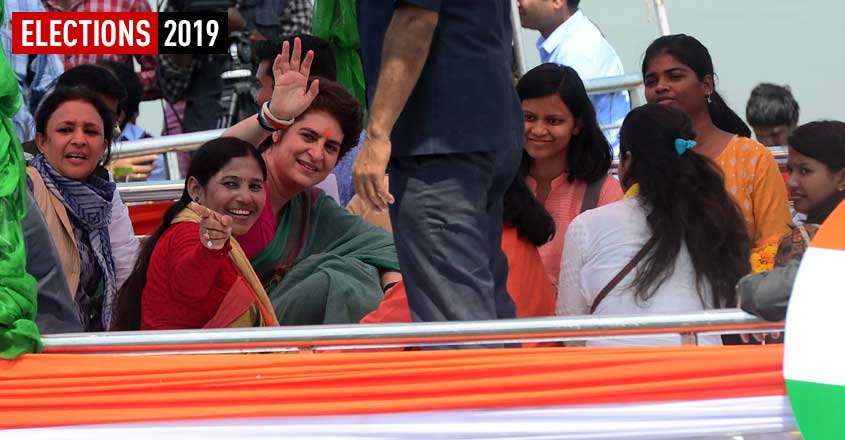
Lucknow: From being the undisputed leader of anti-BJP, like-minded political parties, to an outfit which is being pushed around, it is turning out to be an unprecedented experience for the Congress. With polling for the first phase of Lok Sabha elections being just 20 days away, the party is struggling to stitch together alliances in most large states. Uttar Pradesh tops the list where a ridiculous game of give and take is being played for the past several weeks between Congress and a formidable alliance having been put in place by Samajwadi Party and Bahujan Samaj Party.
The belated campaign foray by Priyanka Gandhi Vadra as Congress general secretary for eastern UP may have succeeded in creating a buzz around her, but has not helped matters much, with the SP-BSP alliance reiterating that it does not accept Congress as being part of the alliance, and cautioning their supporters “not to be misled” by the Congress.
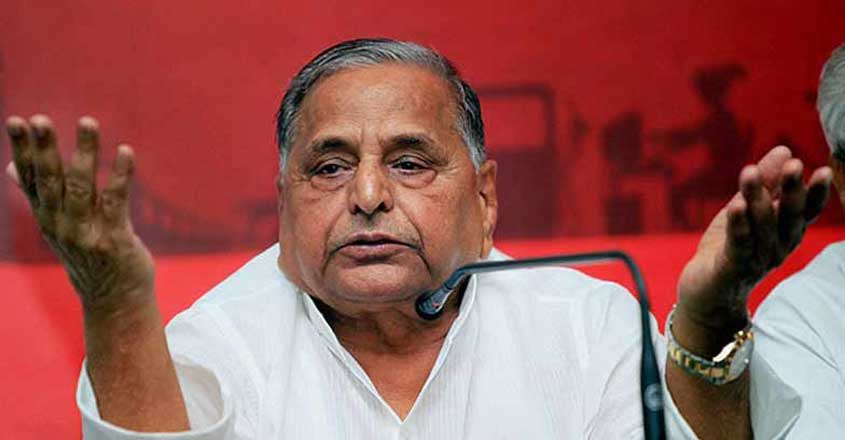
The vibes between the two formations this time are certainly unusual, considering the fact that prior to the 2017 UP Assembly election, the SP had formed an alliance with the Congress which Akhilesh Yadav and Rahul Gandhi had famously touted as the coming together of two youth leaders – ‘UP ko ye saath pasand hai’ (UP likes this combination). The results, however saw a severe drubbing of both parties. Since then, Akhilesh Yadav had been making feeble attempts to keep the alliance going, but also managed to cosy up to the BSP whose leader Mayawati has been nursing a severe grudge against Mulayam Singh Yadav for the infamous State Guest House incident in Lucknow in June 1995. However, it is to the credit of Mayawati that she put the past behind her and approved the tie-up with the next generation Yadav. The result was that the two parties put up joint candidates in Lok Sabha by-elections in Gorakhpur and Kairana, and won both – no mean feat, as the two seats had earlier been represented by UP Chief Minister Yogi Adityanath and deputy CM Keshav Maurya.
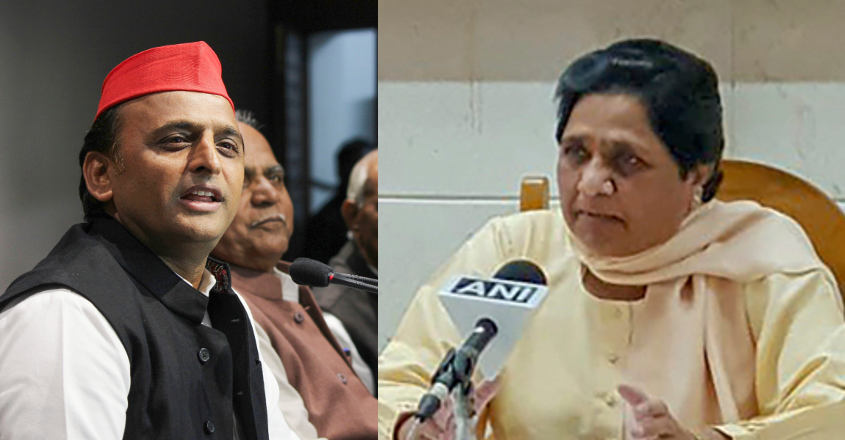
That was the beginning of formation of a strong electoral alliance between the two parties and even as Akhilesh wanted the Congress to be a part of it, Mayawati wanted to see none of it. The result is an amicable distribution of seats between the two, and also the inclusion of Rahstriya Lok Dal in the coalition. The Congress, meanwhile, won the Assembly elections in Rajasthan, Madhya Pradesh and Chhattisgarh, bolstering Rahul’s confidence to the extent that his party ignored signals by the SP to come and join the alliance. Akhilesh and Mulayam have said this much. The BSP was all the while against accommodating the Congress. The only accommodation the SP-BSP alliance has given to the Congress is to leave out Rae Bareli and Amethi seats out of the seat distribution matrix, and the alliance will not put candidates there. Akhilesh went to the extent of saying that the Congress was part of the alliance, and that is why it had left two seats for the Congress. Stung by this apparent magnanimity, the Congress retaliated by announcing that it was leaving seven seats for the SP and BSP, from where members of the Yadav family and BSP top leaders could be contesting.
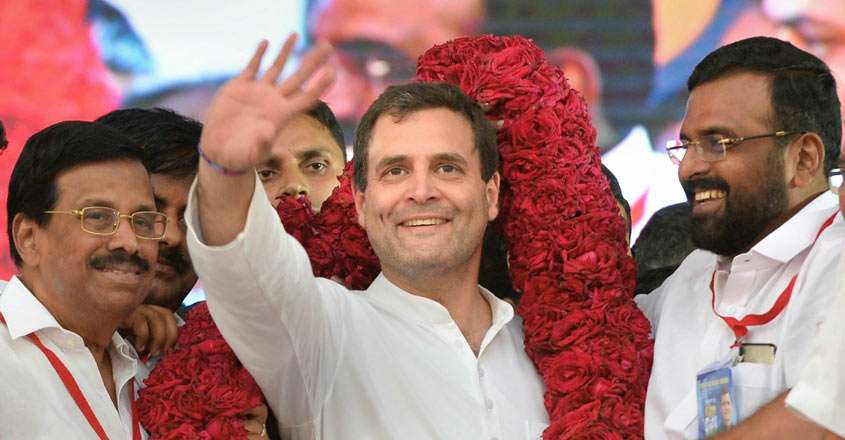
Now smaller parties in UP, such as Pragatisheel Samajwadi Party-Lohia (PSPL) of Shivpal Yadav, Apna Dal (Krishna Patel) and Peace Party (Dr Ayub) have come together in a joint front of sorts. Incidentally, all three had tried to negotiate with the Congress at one time or the other.
The problem with the Congress, as even Mulayam Singh Yadav has explained, is that the party is trying to strengthen itself and retrieve the political space it has lost to other parties in the nearly three decades it has been out of power in UP. Right now, it desperately seeks to bring Hindus, OBCs, Dalits and Muslims – in whatever proportion – to its fold on the strength of Priyanka’s appeal. On her recent visit to Varanasi, Prayagraj, Mirzapur and undertaking a boat-ride on the Ganga river, she has been temple-hopping, visiting Sufi shrines, interacting with women and other sections of the society to create support for her party. This may have created some sympathetic buzz for the Congress, but is surely not palatable for the SP-BSP coalition, which views it as an attempt to woo away their supporters. As for the BJP, Narendra Modi continues to be its biggest and strongest campaign plank, and it would be enjoying the discomfiture of the SP-BSP and the Congress taking potshots at each other. In fact, in reply to a question about Mayawati’s strongly-worded statement cautioning BSP supporters, Priyanka could only say that the common agenda of both Congress and SP-BSP was to defeat the BJP, and therefore there was no confusion.
Incidentally in other states, as the Congress continues its hectic parleys to stitch together seat distribution pacts with friendly parties in Bihar, West Bengal and Delhi, the BJP on one hand and the SP-BSP on the other, are way ahead in their campaigning and joint election strategies. It is an indication of the distance parties want to have between themselves and the Congress, that even diehard allies like Lalu Yadav’s Janata Lok Dal (RJD) and the Left parties in West Bengal are putting up preconditions for any tie-ups with the Congress. The developments in the Congress-Aam Aadmi Party (AAP) alliance for Delhi border on the farcical, with veterans Sheila Dikshit, Ajay Maken and PC Chacko mouthing contradictory statements.
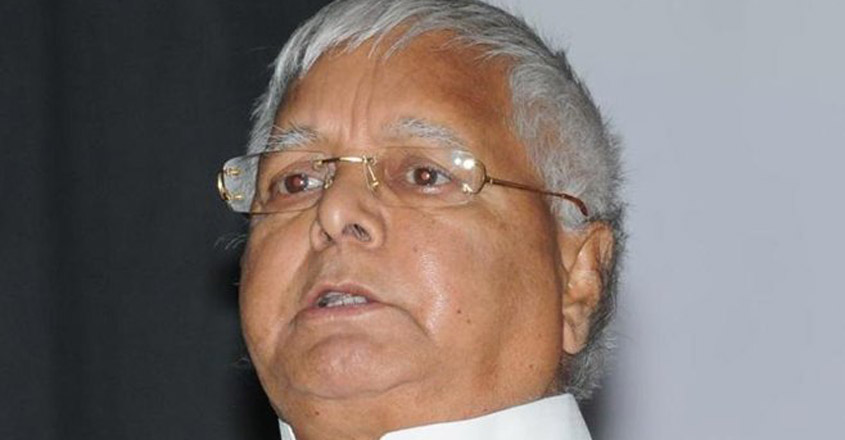
The Congress dilemma is in sharp contrast with the BJP’s strategy under which it finalised seat-sharing agreements in Bihar with the Janata Dal (United) led by Chief Minister Nitish Kumar, and in Maharashtra with Shiv Sena, which has been one of the severest critics of the Modi government over the past more than one year. However, the BJP went out of its way to offer even those seats that it had won in the last election to its allies in these two states, excluding any possibility of last-minute dissatisfaction.
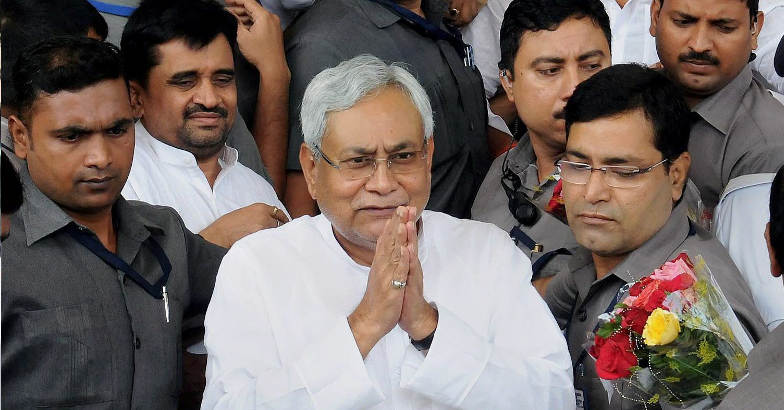
It will require astute political manoeuvring on part of Rahul Gandhi to give a signal of a joint opposition challenge to the BJP. And it has to be given in the coming days, not weeks.


